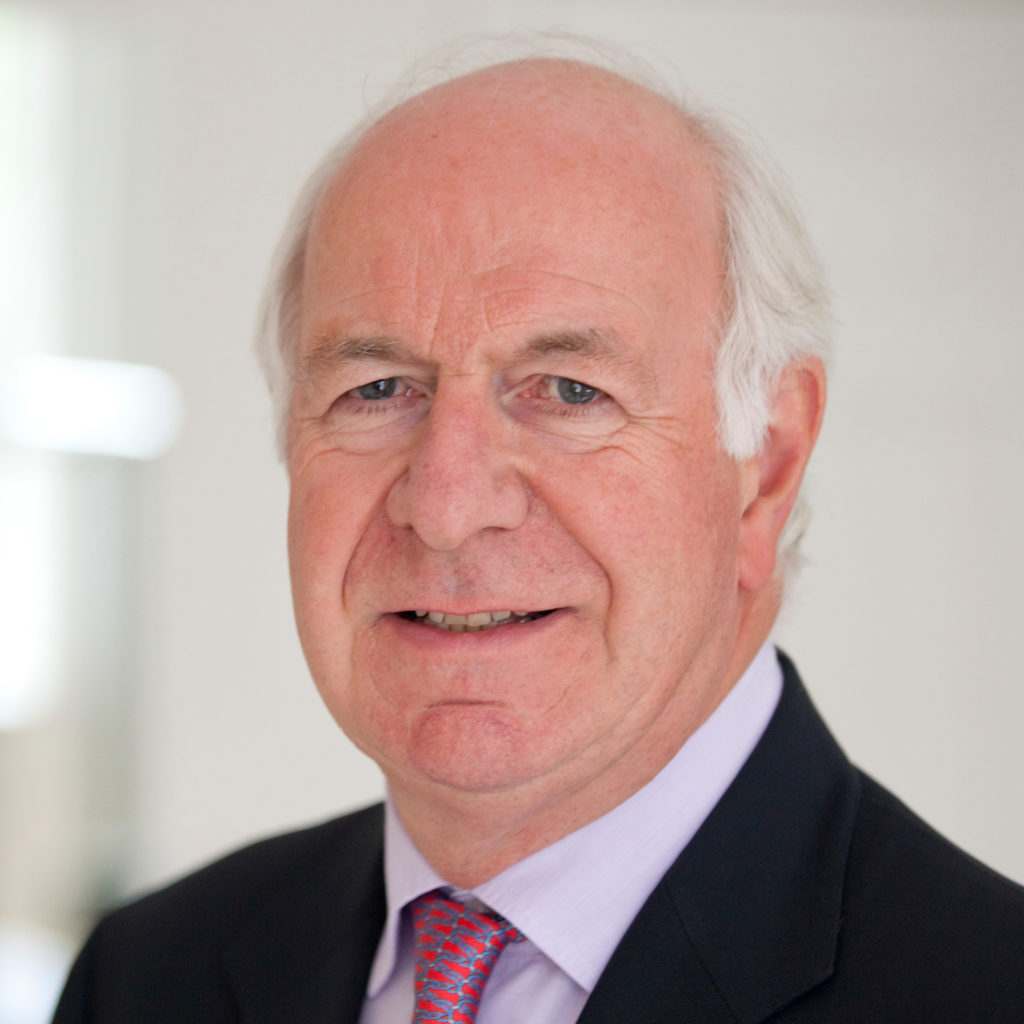medwireNews: Children with idiopathic short stature (ISS) and skeletal deformities should be tested for the NPR2 mutation, recommend Chinese researchers who believe that children with heterozygous mutations may benefit from recombinant human growth hormone (rhGH) therapy.
Huijuan Zhu and co-workers, at Peking Union Medical College Hospital in Beijing, reviewed medical charts from their centre for three girls and three boys with ISS who were diagnosed with heterozygous NPR2 mutations (n=5) or a compound heterozygous mutation (n=1).
Five of the patients had different novel missense, splicing or nonsense mutations and one child had the previously reported Arg921* nonsense mutation, the team reports in The Journal of Clinical Endocrinology & Metabolism.
The children were aged an average of 8.9 years at the time of diagnosis and their average height standard deviation score (SDS) was –3.3, ranging from –6.3 to –1.4 SDS, while the average weight was –1.2 SDS.
Three children had a ratio of arm span to height above 0.965, “suggesting proportional short stature”, the researchers say.
Five patients had normal levels of GH and insulin-like growth factor (IGF)-1 while one patient had normal GH but IGF-1 levels at the normal low limit. There was a discrepancy of –5.4 to +2.0 years between bone age and chronological age.
Clinical manifestations among the children confirmed previous reports of skeletal deformity and facial anomalies, namely shortened metacarpals or metatarsals (n=2), mesomelic limb shortening (n=1), brachydactyly (n=5) and scoliosis (n=2), midface hypoplasia (n=2) and flat nasal bridge (n=3).
In addition, novel manifestations included individual cases of trident hand, slight synophrys, and short neck plus mild knee valgus, as well as two cases of mild spine scoliosis.
The researchers report that one patient was treated with rhGH 3 U per evening at age 14.0 years and, after 1.5 months, their height SDS had improved from –5.4 to –5.0 with a height increase of 3 cm. A second patient had also begun rhGH 2 U per evening at age 5.3 years and after 1.0 month had experienced a change from –2.8 to –2.3 SDS, reflecting a 2 cm increase.
Huijuan Zhu and co-workers also conducted a literature review and identified 24 articles discussing 270 NPR2 mutation patients, including detailed information for 64 patients with homozygous or compound heterozygous mutations and 46 patients with heterozygous mutations.
For the homozygous or compound NPR2 mutation cohort, average age at diagnosis was 16.5 years and the average height SDS –6.6. All patients had disproportionately short stature and skeletal deformities and 20 patients had facial abnormalities.
Among the NPR2 heterozygous mutation cohort, the average age at diagnosis was 8.3 years and the average height SDS –2.7, with approximately half of the patients showing skeletal abnormalities and a fifth having facial abnormalities.
Heterozygous NPR2 mutation carriers had a higher average height SDS than those with a homozygous or compound heterozygous mutation (–2.7 vs –6.6), and although clinical manifestations were “consistent” between the two groups, shortening of limbs (especially the radius), short and wide fingers and toes, and conical epiphyses occurred to a lesser extent with the heterozygous mutation, the authors remark.
Twenty-one patients with a heterozygous mutation underwent rhGH treatment from an average age of 8.2 years for an average of 3.8 years; four of these patients also received gonadal inhibitory agents.
Treatment resulted in a significant change in average height SDS from –3.1 to –2.0, with a significantly larger increase found in girls than boys (1.5 vs 0.9) and in patients treated before versus during puberty (1.3 vs 0.2).
Of note, height change after rhGH therapy had a significant and negative correlation with age at start of treatment but not duration of treatment, the researchers say, while height SDS also significantly varied between treated patients with NPR2 heterozygous GC versus ECD domain mutations, at a median of 1.9 versus 0.6 SDS.
“However, the efficacy of rhGH treatment in patients with NPR2 heterozygous mutation still needs further studies in a large population”, the researchers emphasize.
By Lynda Williams
medwireNews is an independent medical news service provided by Springer Healthcare Ltd. © 2020 Springer Healthcare Ltd, part of the Springer Nature Group

